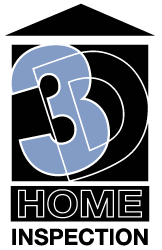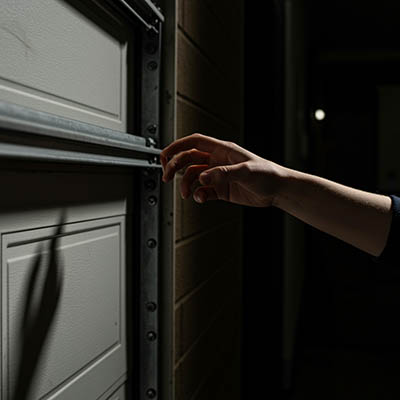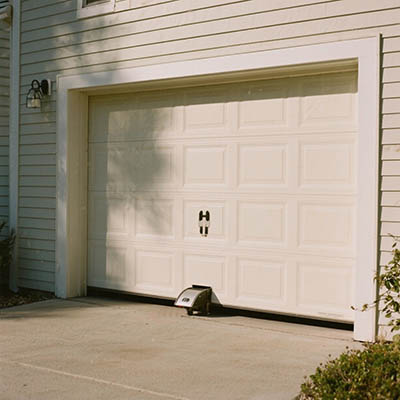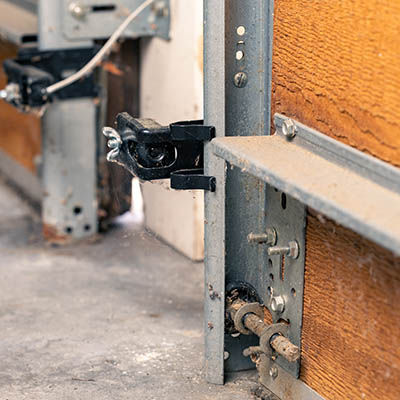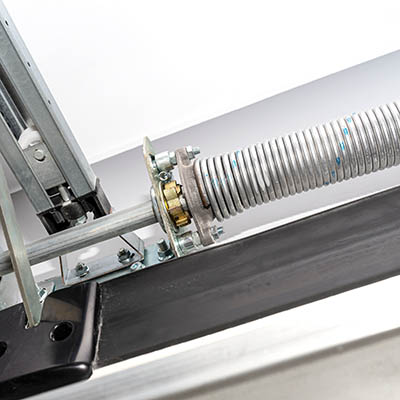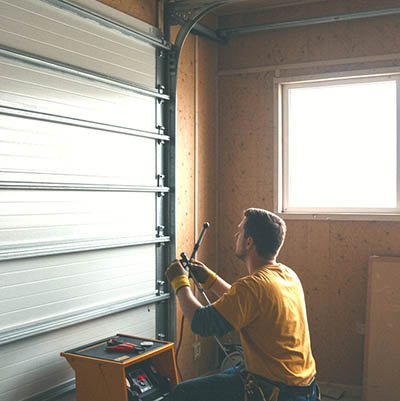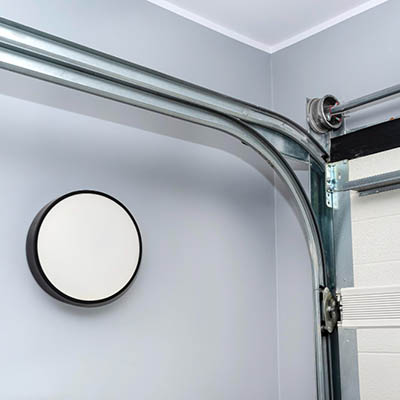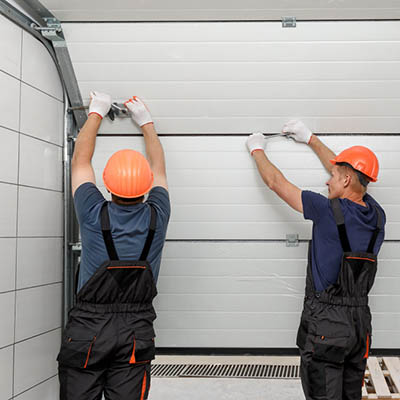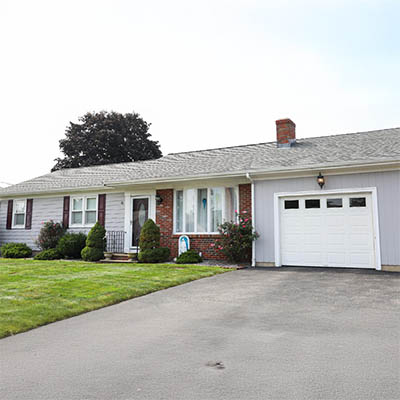When most homeowners think about home safety, they picture smoke alarms, electrical wiring, or security locks. But there’s one large moving system that’s often overlooked—your garage door. As a home inspector, I can tell you that garage doors and their openers are one of the biggest, heaviest moving parts in your home. Garage door safety and maintenance deserves regular attention for both your safety and and their longevity.
A well-maintained garage door not only functions smoothly but also protects your family from potential injury, safeguards your belongings, and adds curb appeal to your property. On the flip side, a neglected door can lead to costly repairs, unexpected breakdowns, or even serious accidents. You should check operator’s manual or manufacturer’s website for specific garage door safety and maintenance information.
Let’s go through the essentials of garage door safety and maintenance, step-by-step.
-
Understand Garage Door Risks
A standard residential garage door can weigh between 150 and 300 pounds. That’s a lot of weight to be moving up and down multiple times a day. If the door’s springs or cables fail, or if the opener’s safety features aren’t working correctly, it can cause significant damage or injury.
The U.S. Consumer Product Safety Commission has reported thousands of garage door–related injuries annually, many of which could have been prevented with regular maintenance and testing. Knowing the risks is the first step toward prevention.
-
Test the Garage Door Auto-Reverse Feature
Modern garage door openers (manufactured after 1993) are required to have an auto-reverse mechanism—a safety feature that stops and reverses the door if it encounters an obstruction. This prevents the door from closing on a person, pet, or object.
How to test it
![]() Open the garage door fully.
Open the garage door fully.
![]() Place a solid object (like a block of wood or a brick) in the door’s path.
Place a solid object (like a block of wood or a brick) in the door’s path.
![]() Close the door using the wall button or remote.
Close the door using the wall button or remote.
If the door does not reverse immediately upon contact, it’s time to have the opener serviced or replaced. You should perform this test at least once a month.
To learn more about safety standards for automatic residential garage door operators, click here to view the Consumer Product Safety Commission’s regulations.
-
Check the Photo-Eye Sensors
Photo-eye sensors are another required safety feature. They’re small devices located on either side of the door, about 6 inches above the floor, that send an invisible beam across the opening. If something crosses the beam while the door is closing, the door should automatically reverse.
Photo-eye sensor maintenance tips
![]() Keep the lenses clean—dust and cobwebs can interfere with the signal.
Keep the lenses clean—dust and cobwebs can interfere with the signal.
![]() Make sure they’re aligned properly and positioned no more than six inches from the garage floor. If the sensors are knocked out of alignment, the opener may refuse to close or might behave erratically.
Make sure they’re aligned properly and positioned no more than six inches from the garage floor. If the sensors are knocked out of alignment, the opener may refuse to close or might behave erratically.
![]() Test them monthly by waving a broomstick through the beam as the door closes. The door should reverse instantly.
Test them monthly by waving a broomstick through the beam as the door closes. The door should reverse instantly.
-
Inspect and Maintain the Springs and Cables
Your garage door relies on torsion or extension springs to counterbalance its weight. These springs are under high tension, and if they break, they can cause serious injury. Similarly, lift cables help support and guide the door, and if they fray or snap, the door can drop suddenly.
Safety note: Never attempt to adjust or replace springs or high-tension cables yourself. This is a job for a trained professional.
What you can do to ensure garage safety and maintenance of springs and cables
![]() Visually inspect springs and cables for signs of rust, fraying, gaps or other damage.
Visually inspect springs and cables for signs of rust, fraying, gaps or other damage.
![]() Make sure extension springs have safety cables properly installed through them.
Make sure extension springs have safety cables properly installed through them.
![]() Listen for unusual noises when the door operates—creaking, grinding, or snapping sounds could signal a problem.
Listen for unusual noises when the door operates—creaking, grinding, or snapping sounds could signal a problem.
![]() Schedule a professional inspection annually.
Schedule a professional inspection annually.
-
Lubricate Moving Parts
Friction is the enemy of smooth operation. Proper lubrication extends the life of your garage door and keeps it quiet. NOTE: You should NOT lubricate the tracks.
Where to lubricate
![]() Hinges
Hinges
![]() Rollers (metal, not nylon)
Rollers (metal, not nylon)
![]() Springs
Springs
Use a silicone-based spray or white lithium grease, never heavy oils that can attract dust and debris. A quick lubrication every 6 months works for most homes.
Click here for more information on lubricating garage doors.
-
Keep Tracks Clean and Clear
Your garage door tracks help guide the rollers and keep the door stable. Over time, dirt, leaves, and even small tools can end up in the track, causing jams or uneven movement.
Garage door track maintenance tips
![]() Inspect the tracks regularly for dents or bends.
Inspect the tracks regularly for dents or bends.
![]() Remove any debris by hand or with a vacuum.
Remove any debris by hand or with a vacuum.
![]() Avoid spraying heavy lubricant directly into the tracks—it can cause rollers to slip.
Avoid spraying heavy lubricant directly into the tracks—it can cause rollers to slip.
-
Tighten Hardware and Check Balance
What to do
![]() Inspect and tighten all roller brackets and bolts.
Inspect and tighten all roller brackets and bolts.
![]() Disconnect the opener and manually lift the door halfway. If it stays in place, it’s balanced. If it falls or rises on its own, the springs may need adjusting—call a pro.
Disconnect the opener and manually lift the door halfway. If it stays in place, it’s balanced. If it falls or rises on its own, the springs may need adjusting—call a pro.
-
Teach Children About Garage Door Safety and Maintenance
Kids should know
![]() Never run under a moving door.
Never run under a moving door.
![]() Keep hands and fingers away from joints and tracks.
Keep hands and fingers away from joints and tracks.
Wall-mounted controls should be installed at least 5 feet above the floor to prevent small children from operating the door.
-
Know When It’s Time to Replace
If your garage door is over 15 years old, struggles to open or close, or lacks modern safety features, upgrading to a newer system is often more cost-effective than constant repairs. Newer models are quieter, more energy-efficient, and meet stricter safety standards.
Final Thoughts on Garage Door Safety and Maintenance
From a home inspector’s standpoint, a garage door is not just another convenience—it’s a critical safety system that deserves regular attention. Don’t forget to consult your product manual or manufacturer’s website for information specific to your garage door. By testing safety features monthly, scheduling annual professional inspections, and handling basic upkeep yourself, you can prevent injuries, extend the lifespan of your system, and avoid those inconvenient “my car is stuck in the garage” mornings.
Treat your garage door like any other major appliance in your home. A little maintenance goes a long way toward keeping it safe, smooth, and reliable for years to come.
Learn More About Garage Door Safety and Maintenance in These Posts

Garage Hazards Part 3: Attached Garage Fire Separation – A Home Inspector’s Perspective
House and Attached Garage Fire Separation In my last two posts on garages, I discussed hazards found in the garage and proper operation of the garage door. The third area I'll focus on is the fire...

Garage Hazards Part 2: Garage Doors – A Home Inspector’s Perspective
In my last post about garage hazards, I wrote about many parts of a garage that can create hazards. Today I'll focus on the hazards of the vehicle entry garage door and its automatic door operator....
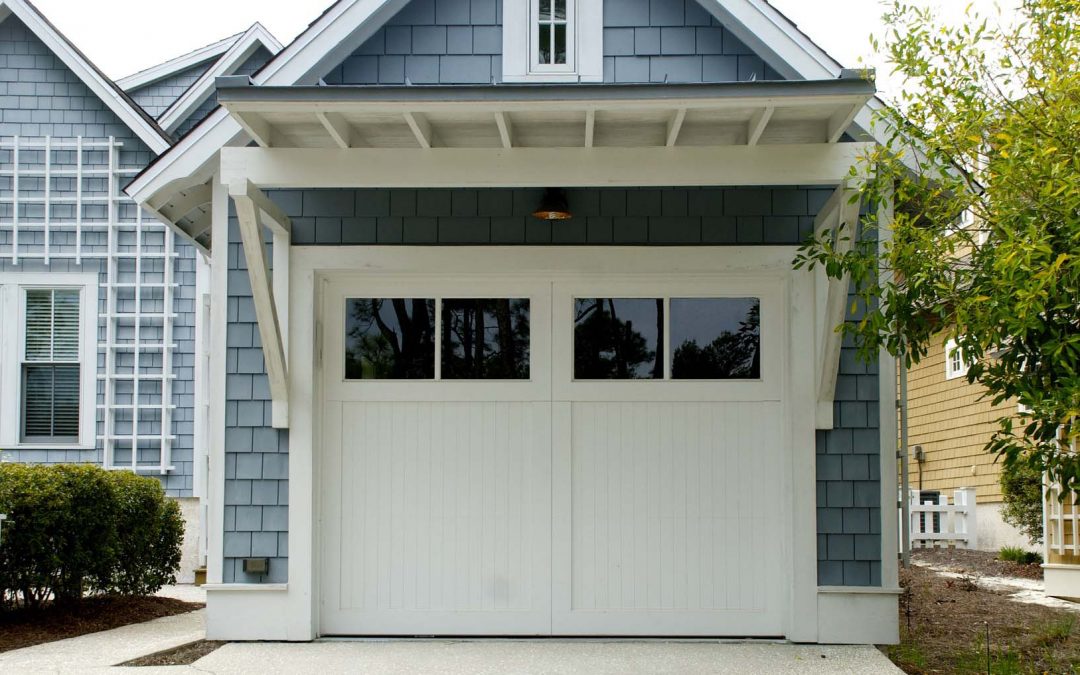
Garage Hazards Part 1- A Home Inspector’s Perspective
One area many homeowners overlook is their garage. Mike Stephans, ACI discusses potential garage hazards and their impact on home inspections.
